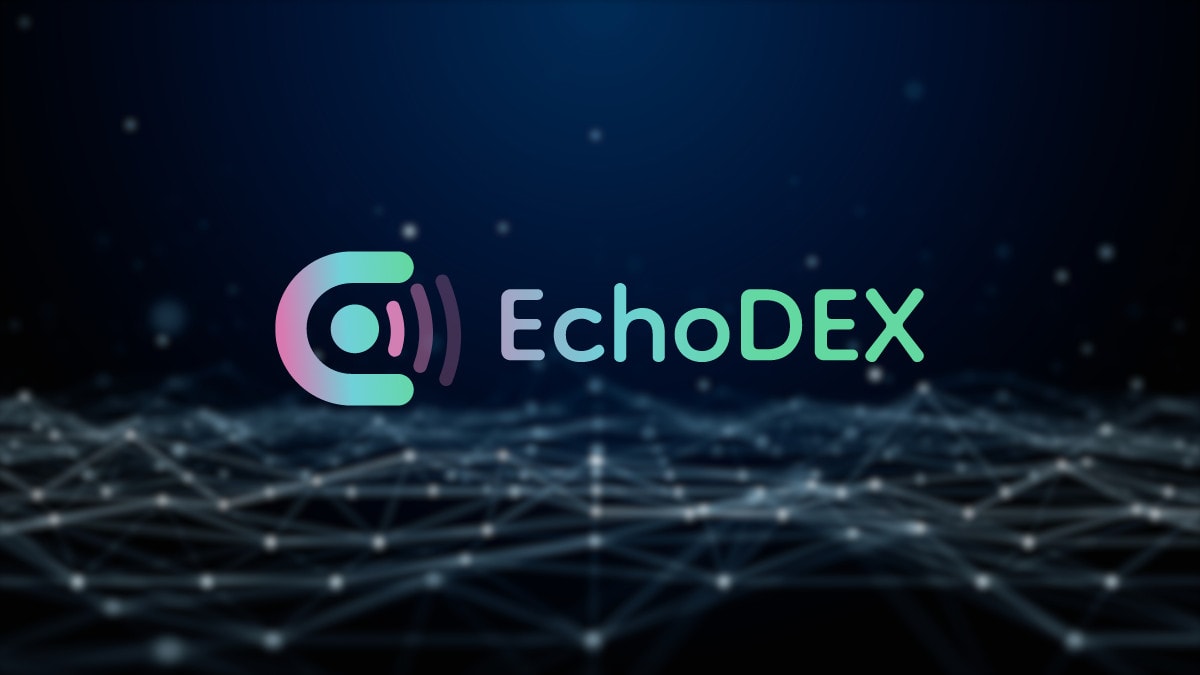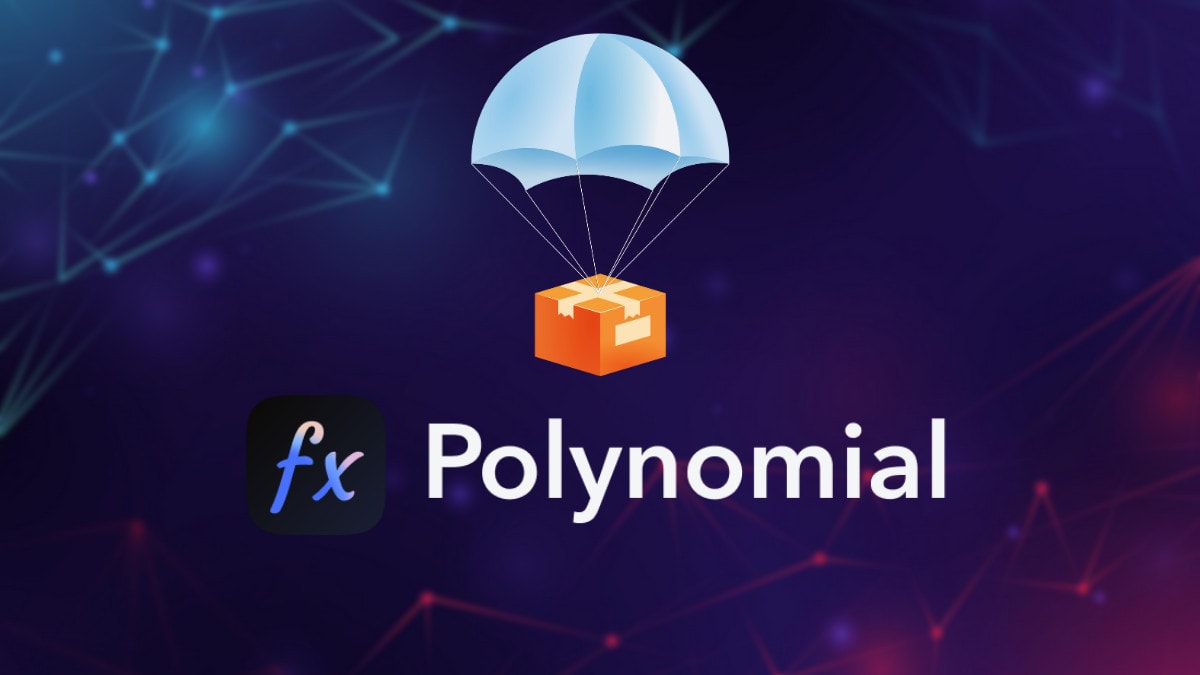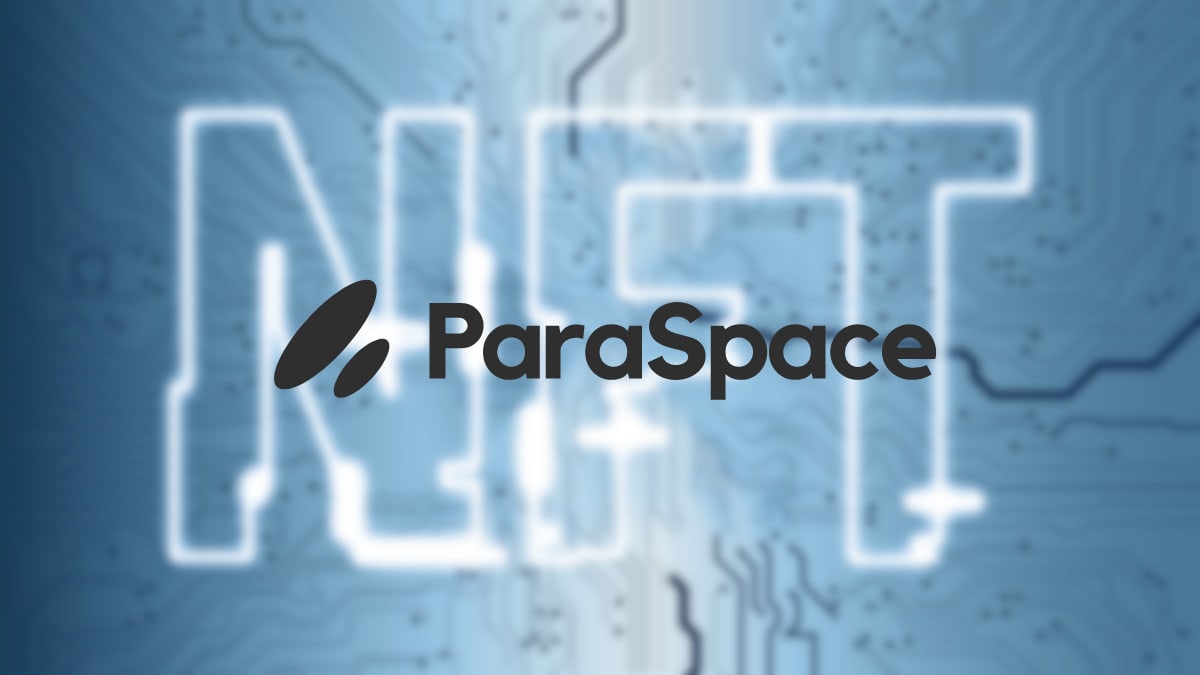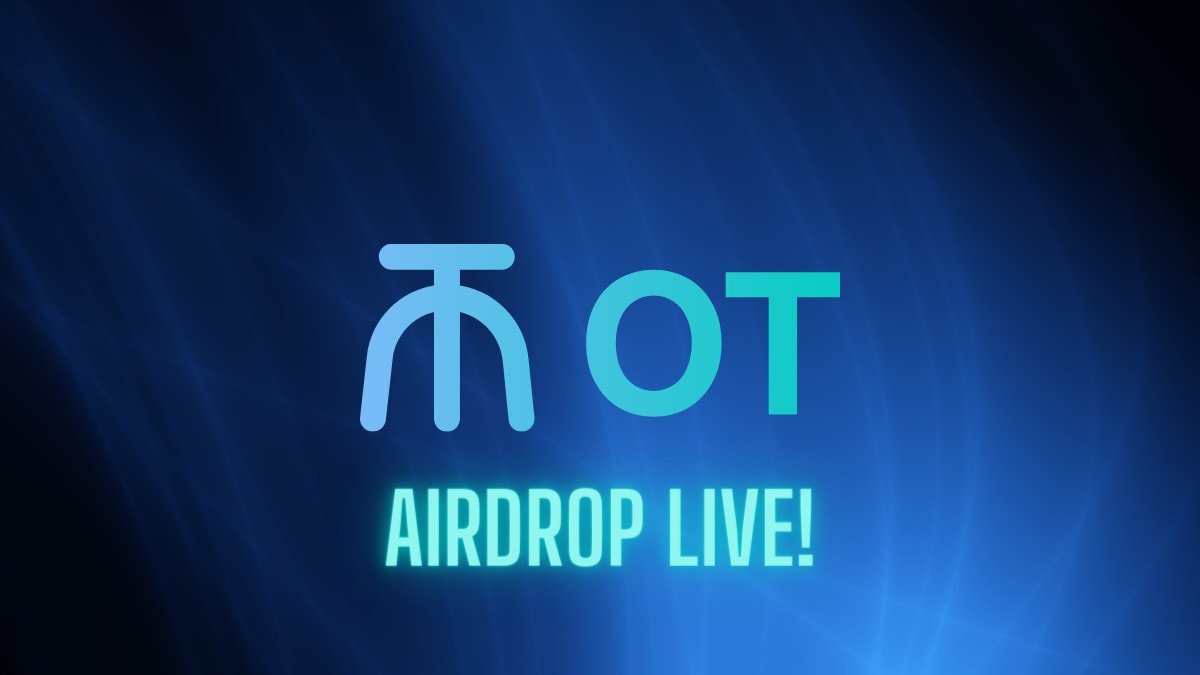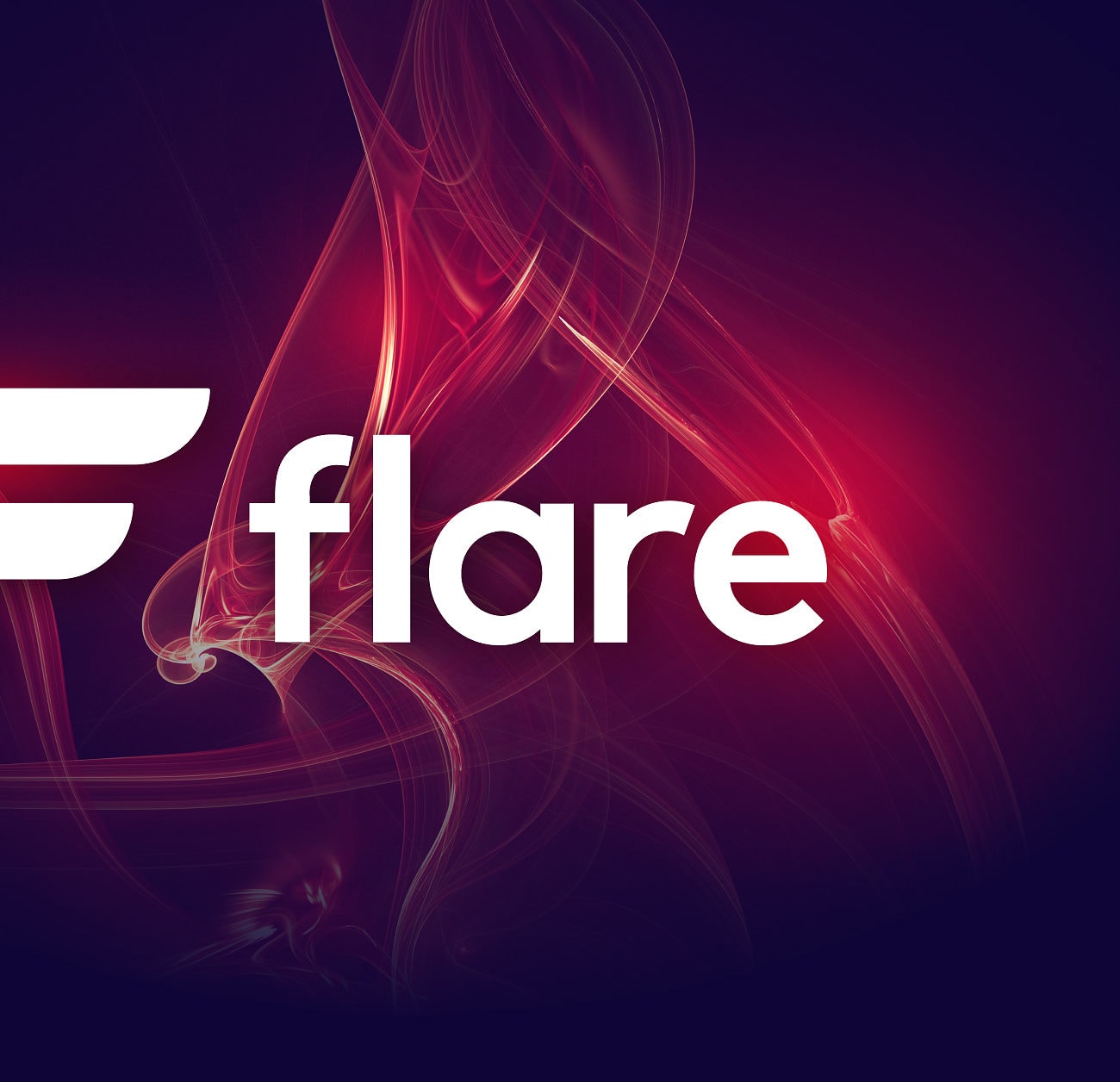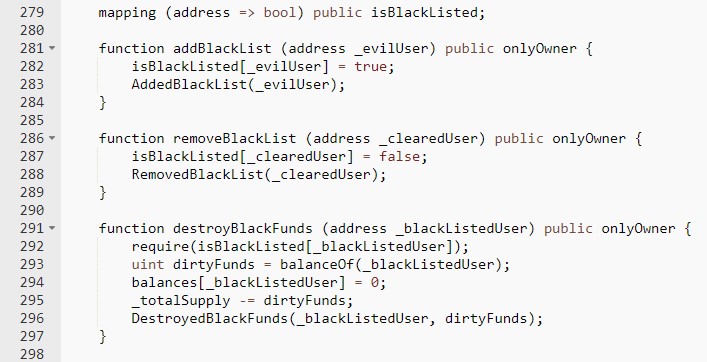EchoDEX is built on the Linea Network, a zero-knowledge Ethereum Virtual Machine incubated by ConsenSys. The testnet has recently launched, and the team has confirmed that users can earn $ECP airdrops by using the protocol!
EchoDEX ($ECP) Token Airdrop Step-by-Step Guide
Here’s how to get the EchoDEX ($ECP) token airdrop:
- Connect to Linea Goerli Test Network
- Claim Faucet Tokens on EchoDEX Testnet
- Swap Tokens
- Provide Liquidity
- Mint NFT
- Send Tweet and Wallet Address to Discord Testnet Proof Channel
See below for more in-depth details!
What is EchoDEX?
EchoDEX is a decentralized exchange platform built on the Linea Network (formerly ConsenSys zkEVM). It is designed for fast and secure trading of cryptocurrencies with low fees. The platform features aggregator liquidity, which combines multiple liquidity pools from various platforms or exchanges to offer a more competitive rate to traders.
In addition to trading, EchoDEX offers users the opportunity to earn $ECP tokens through various means, including swapping their cryptocurrencies, participating in their farming program, or staking their tokens. EchoDEX provides a reliable and convenient trading experience for all crypto enthusiasts with its user-friendly interface and top-notch security protocols.
Does EchoDEX Have a Token?
Yes, EchoDEX’s native token is $ECP. Although there are no released tokenomics, EchoDEX already uses it as an incentive reward as part of its “Swap to Get $ECP” program. Users who trade crypto can earn $CEP that will be airdropped directly into their wallet. The more trades you make, the more you earn!
How to Get the EchoDEX ($ECP) Token Airdrop?
The best way to get the $ECP token airdrop is to interact with the EchoDEX testnet. Here’s a step-by-step guide:
- Connect to Linea Goerli Test Network
Go to the EchoDEX testnet and connect your MetaMask wallet. Switch the network to Linea Goerli Test Network or manually add it on ChainList.
- Claim Faucet Tokens on EchoDEX Testnet
On the EchoDEX Faucet page, you must first follow their Twitter and join their Discord. After doing so, you can claim 0.03 LineaETH once per day.
- Swap Tokens
Use the Swap feature. If you encounter gas issues, try swapping again or wait until you can claim more faucet tokens to cover gas fees.
- Provide Liquidity
Deposit your token pairs at the Liquidity Pool page. As a liquidity provider, you can earn swap fees.
- Mint NFT
Claim a free EchoDEX NFT to mark your place in the EchoDEX community! Remember to import the NFT address to your MetaMask in order to view it:
Contract Address: 0xf893Ba09d5aac3dfaFc0E706a9f7778eC71788b4
Token ID: 24767 - Send Tweet and Wallet Address to Discord Testnet Proof Channel
Like and retweet EchoDEX’s Tweet about the testnet steps. Tag three friends, then take a screenshot and send it to the Discord Testnet Proof Channel.
Airdrop Review
When reviewing an airdrop, there are several factors to consider. First, the likelihood the project will even do an airdrop in the first place. Then, to look at how many tokens the project intends to allocate towards airdrop campaigns, as well as the difficulty in participating in their airdrop. It is also important to look at the utility of the token so that there will be an actual use and purpose in participating in the airdrop in the first place. Finally, a factor to consider when reviewing an airdrop is whether the airdropped tokens are subject to any lockup period.
Likelihood of Airdrop: EchoDEX has confirmed airdropping $ECP tokens as part of its “Swap to Get $ECP” program.
Airdropped Token Allocation: The total token supply is yet to be revealed.
Airdrop Difficulty: Simply swap tokens, provide liquidity, and mint an NFT to earn $ECP airdrops. Follow EchoDEX on Twitter, like and retweet their testnet tweet, and tag 3 friends. Take a screenshot and send it to the Discord Testnet Proof Channel, along with your wallet address.
Token Utility: The team will announce the details of the $ECP token soon.
Token Lockup: There is no tokenomics yet.
